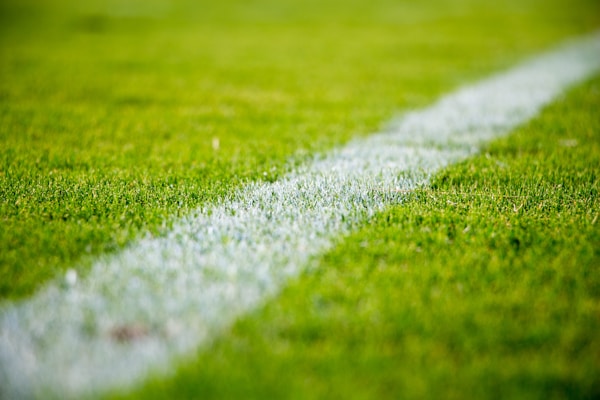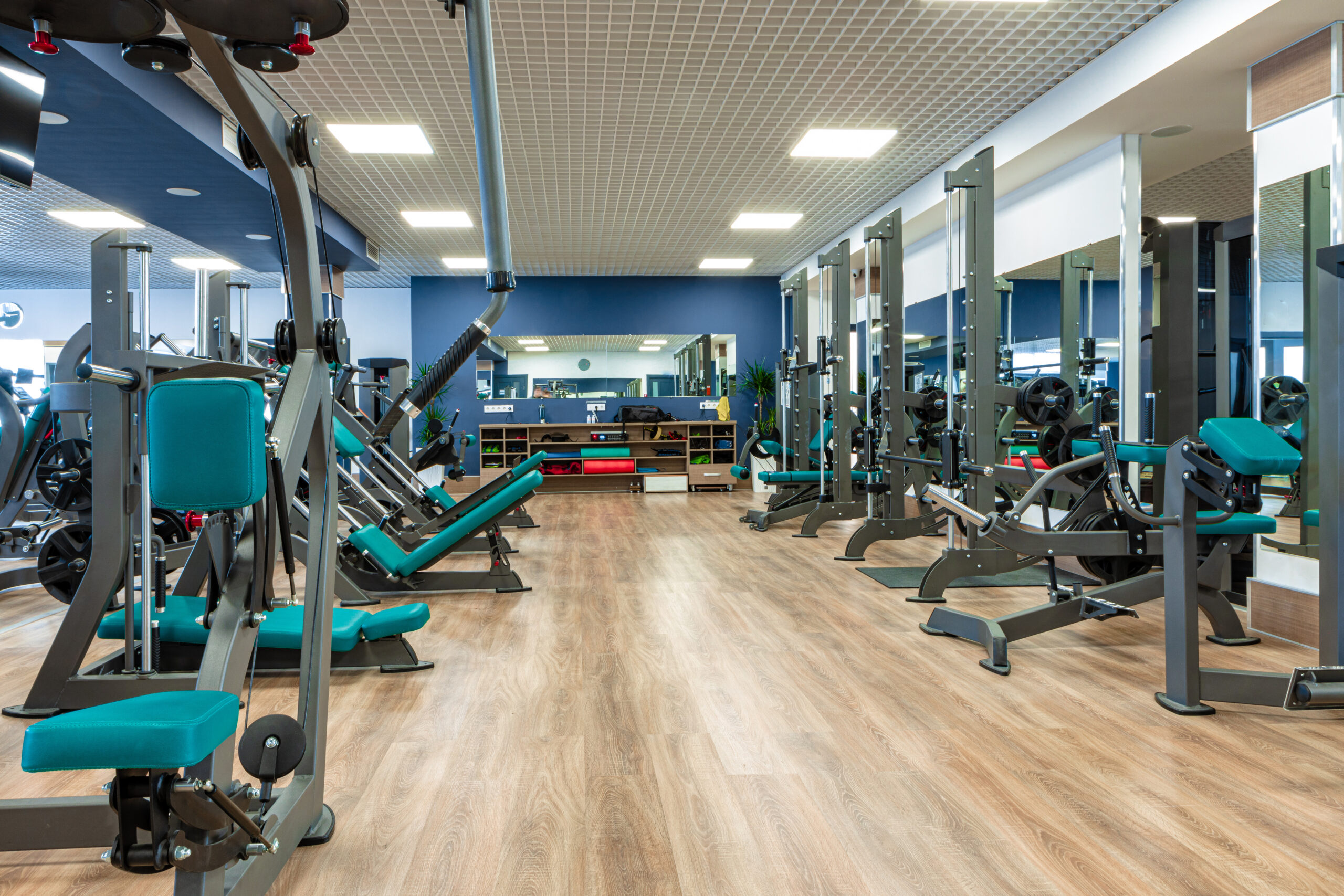A well-maintained sporting complex is crucial for the safety and enjoyment of both athletes and spectators. From the field to the facilities, investing in proper maintenance can prolong the life of the complex, enhance its appearance, and prevent costly repairs in the future. In this article, we discuss the key aspects of keeping your sporting complex in top condition.
Implementing a Facility Maintenance Plan
While the focus often lies on the playing surface, the facilities within your sporting complex should not be overlooked. A comprehensive maintenance plan that includes regular inspections, cleaning, and repairs is vital to keep your complex safe and functional for everyone who uses it. From locker rooms, restrooms, and concession stands, to lighting, fencing, and spectator seating, every aspect of your complex should be accounted for in your maintenance plan.
Creating an effective facility maintenance plan involves assessing the unique needs of your complex and identifying the appropriate tasks and frequencies that address these demands. Keeping detailed records of maintenance tasks, repairs, and inspections will help to streamline this process, enabling you to proactively maintain your complex rather than being caught off guard by sudden repair needs.’
Don’t forget the importance of indoor comfort and climate control within your complex. Regular AC repair & installations in Phoenix, AZ, or your local area, will keep your indoor facilities comfortable for athletes and spectators, while also prolonging the life of your air conditioning system.
Prioritizing Safety Measures
Ensuring the safety of both athletes and spectators should be a priority in your sporting complex maintenance plan. This includes regular inspections of equipment and facilities, clear signage to communicate any hazards, and adherence to local or industry-specific safety standards. It is essential to stay up-to-date with the latest safety regulations and ensure that your complex remains compliant with any changes that may occur over time.
Emergency preparedness is another critical aspect of maintaining a safe sporting complex. Regular checks and maintenance of emergency exits, fire extinguishers, and first aid kits are necessary to ensure that your complex is prepared for any potential emergencies. Enforcing the proper usage of sports equipment and facilities will also contribute to a safe environment for athletes and spectators alike.
Maintaining the Field Surface

The playing surface of your sporting complex is one of the most vital elements to maintain. A well-maintained field promotes safety for athletes, ensuring that they can perform at their best without fear of injury. Regular maintenance of the playing surface involves aerating the soil, overseeding to promote healthy grass growth, and addressing areas of wear and tear. Timely mowing, fertilization, and irrigation are also essential in maintaining the quality of the grass.
For those sporting complexes that have chosen to install artificial turf, maintenance involves regular cleaning to remove debris and ensure that the infill remains evenly distributed. Additionally, inspecting the turf for signs of damage or wear can help to prevent bigger issues from developing. Proper care of your playing surface will not only improve the user experience but can also minimize the risk of injuries caused by an uneven or damaged surface.
Regular field maintenance should be a priority alongside daily cleaning tasks. Your maintenance plan should account for seasonal changes, and any necessary repairs should be addressed promptly to minimize downtime. It is also essential to monitor changes in the surface, noting any areas that require attention and ensuring that your maintenance plan is responsive to the needs of your sporting complex.
Committing to Sustainability

As concerns about the environment grow, implementing sustainable practices within your sporting complex is an essential part of modern maintenance. Using energy-efficient lighting, installing solar panels, and investing in water-saving irrigation systems are just a few ways that you can decrease the environmental footprint of your complex. Additionally, adopting eco-friendly practices and sourcing materials from sustainable suppliers can contribute to a more environmentally responsible complex.
Waste management is another crucial aspect of maintaining a sustainable sporting complex. Encourage recycling and the responsible disposal of waste materials, and consider exploring methods of composting organic waste. By streamlining waste management and increasing the efficiency of resource usage, you can reduce operating costs while also mitigating the environmental impact of your complex.
Encouraging sustainable practices amongst staff, volunteers, and athletes at your complex is just as vital as implementing the necessary infrastructure changes. By fostering a culture of environmental responsibility, your sporting complex can continue to grow and flourish, while also reducing its impact on the environment.
Altogether, maintaining a thriving sporting complex involves a commitment to regular field maintenance, a comprehensive facility maintenance plan, prioritizing safety measures, and embracing sustainable practices. By implementing these strategies, you can ensure that your complex remains a safe and enjoyable environment for athletes and spectators for years to come.

